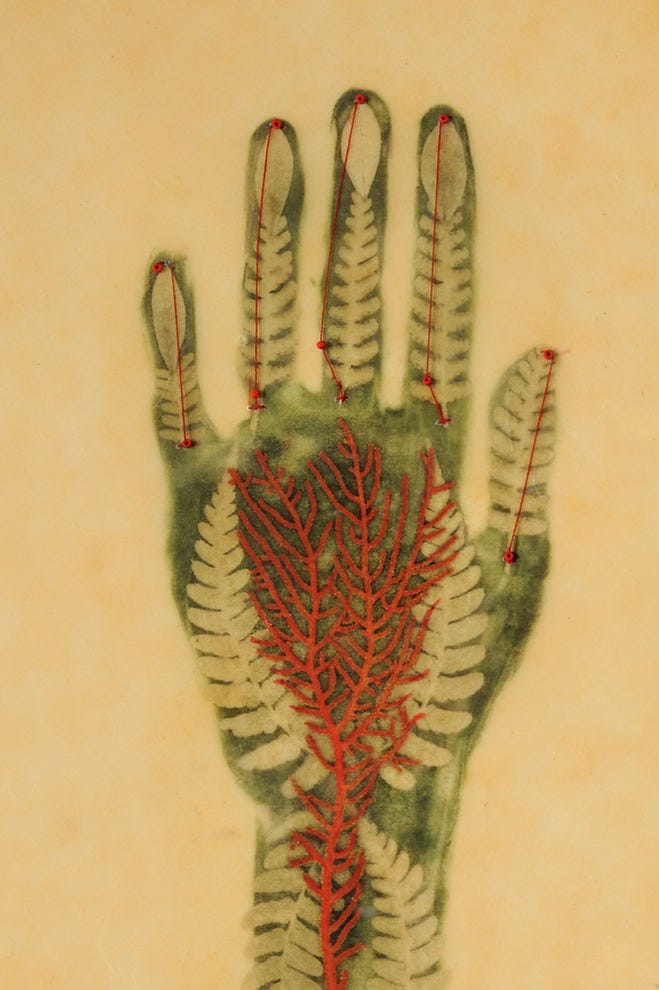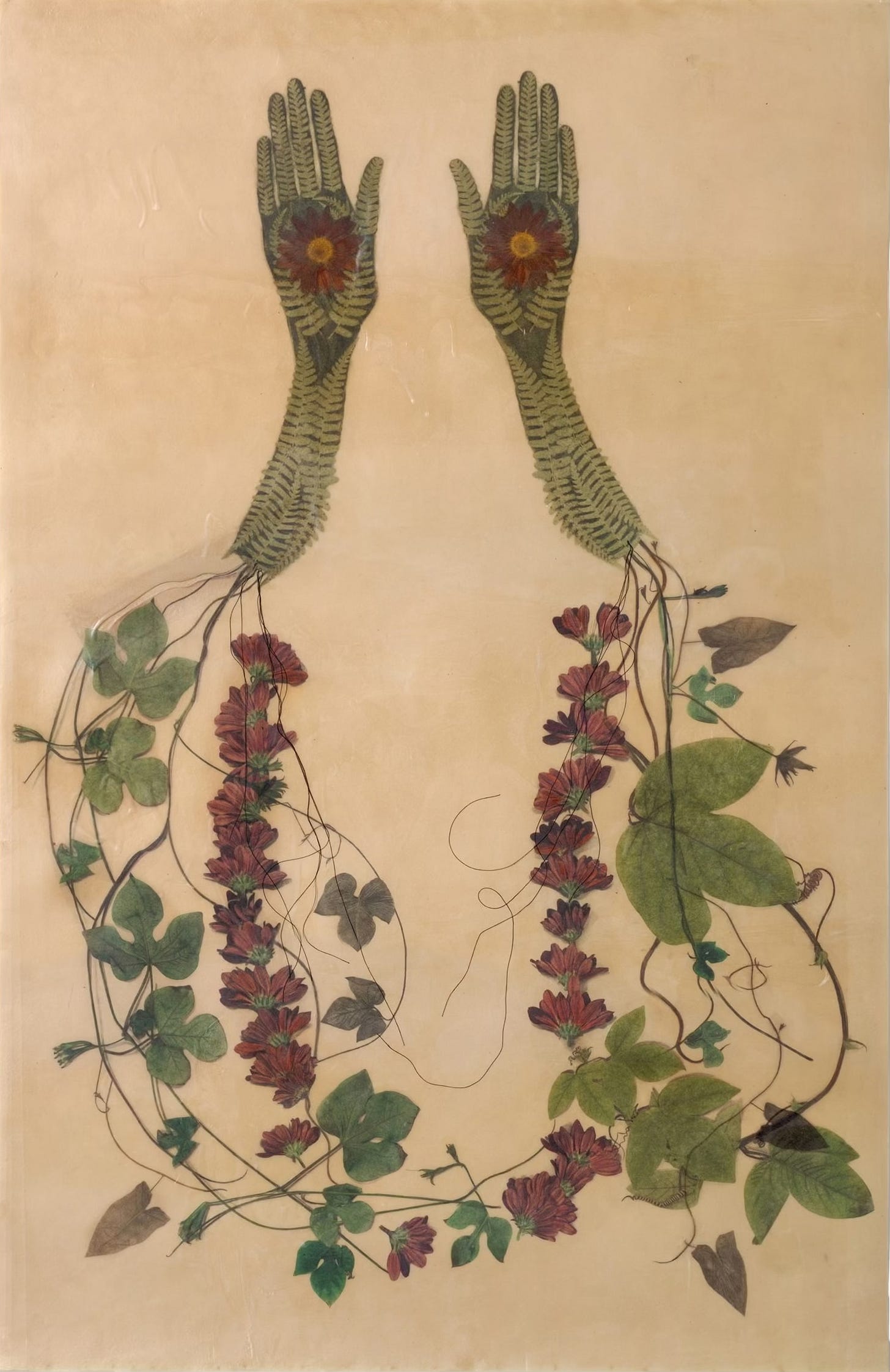There’s a dream I’ve had more times than I can count. I am walking in a city when I take a wrong turn. Something in me knows — I’ve been here before. Suddenly, I’m flooded with a familiar dread that I’m heading into the most dangerous part of town. My own feet have betrayed me, taking me somewhere I don’t belong, as if it’s inevitable.
The streets are dirty, the buildings abandoned, and sinister presences lurk in every shadow and doorway, now aware of me. I am as vulnerable as prey in this blind spot of the city, where outcasts, drug addicts, and criminals go unsupervised and have full domain. I know that I’m unsafe, but the streets close in on themselves. My legs are too heavy. The hills are too steep. I can’t find my way out.
Most people think that recurring dreams are exactly the same as one another, because they focus on their repetitive elements and the familiar discomfort that the dream evokes. You’ve ended up in the same place again, feeling the same fear, experiencing the same old failure, frustrated by that habitual confusion. But when you look more closely, no two dreams are alike. Even the smallest changes within our recurring dreams are like breadcrumbs, leading us into new ways of being.
Carl Jung discovered that when you understand one dream, the next dream is an evolution upon the image you just integrated. And when you don’t understand a dream, its message will keep repeating in recurring dreams or motifs until you do. This is a simple observation, but the implications are profound: it means there is something within us that knows where we’re going, and wants us to fulfil that intrinsic potential.

We normally think of recurring dreams as all the same — static and stuck — but it’s more accurate to call them recursive. The central pattern is the same, yes, but each dream iteration contains subtle variations: the threat may shift, the setting might change, your response may be slightly different. These nuances matter. They show us that something is trying to move.
Recurring dreams happen when the unconscious takes the reins from us, pulling us into habitual dynamics and reactions before we’ve had the chance to choose differently.
We navigate familiar dilemmas using familiar strategies, and arrive at familiar outcomes. We feel as though life is happening to us, forgetting that we are participants in the pattern, and that we can alter any aspect of it through the choices we make.
Recurring motifs don’t usually stay with us for a lifetime, but they need more than one dream to express their complexity. A good example of a persistent pattern is when a relationship breaks up and we keep dreaming about the ex for months, or even years. This may happen because there is a wound we are unable to heal quickly, or a lesson in the experience that we haven’t yet integrated. It may also happen that someone has made such an important impact that their image returns to us over a lifetime—to express the things they symbolize for us that continue to be relevant.
Though it may seem as if persistent dream themes are just repetitive, they are actually taking us around the spiral, returning again and again to the matter from a slightly different angle, or from a greater distance, until we gain wisdom from the pattern.
Like the body’s ability to heal, psyche keeps circling back to the wound — not to punish us, but to invite us to break new ground. To offer us a chance to respond to our dilemma differently.
But sometimes we get stuck believing in the inevitability of our patterns. We lose the lucidity of volition and find ourselves sleepwalking through our own story, making the same choices when faced with the same dilemmas. What’s needed here is a new perspective, so we can conceive of a new solution. But what begins to shift the pattern is not effort, it is attention. The very act of acknowledging our stuckness is what begins to shift it.
This is what I began to understand about my own recurring dream — the one where I take a wrong turn into the most dangerous part of the city. I came to recognise these “lost zones” as symbolic of my own despair. They corresponded to the places in my soul that had been ravaged by scarcity and neglect. First formed by abandonment, then hardened by repetition, they became the parts of me where despair gathered until it took root in my internal landscape. Given the right trigger, I could be transported there in an instant. And yet, that return was not a failure. The dream’s persistence was a call to remember the areas of my life that needed care and rehabilitation.
Recurring dreams are proof of your adaptiveness—a sign that you’re ready to heal psychic fractures.
Your attention is a kind of nourishment to the dreaming. Like any two beings in a relationship, your exchange of energy and resources inevitably changes you both. Like psychic metabolism, as you integrate a symbol’s wisdom, it begins to shift its shape in you. Sometimes this happens in a subtle way, like the recurring dream that changes through small adjustments. Other times its wisdom is dramatic, and the recurring dream disappears altogether to make room for a new archetype. Simultaneously, you and the dream have been enriched.

In other words, the dream is responsive. The moment we bring curiosity, or compassion, or even just awareness to our patterns, something begins to move. The symbol shifts. The dream evolves. And sometimes, without our effort, the whole pattern can dissolve — not because we forced it to change, but because we met it where it was.
In cartography, there is a process called ground truthing in which maps need to be refined, redrawn, and checked against the changing reality. So too do we need to keep pushing at the contours of our assumptions with openness, curiosity, and love. Dreams shift as we shift. Like the land beneath the map, psyche is always changing, eroding, and sprouting new forms of meaning. What matters most is our willingness to stay in relationship with your symbols. With the right attention and curiosity, your patterns will naturally evolve.
People often ask me after a dream session, “But what should I do?” This question often comes out of that habituated anxiety that something must always be done with one’s dilemmas. In fairy tales, the protagonist may begin with a mission, but the hardships they endure, and the initiations they undergo, are rarely about accomplishment. It is instead like an alchemical process in which the hero or heroine is changed by their experiences: they become the kind of person who knows which way to go.
Our dreams offer solutions, but we always have a choice to accept or reject what’s offered. There is no wrong way to go, because even when our decisions lead to hardship, they contribute to our next becoming. Purpose is not a path that fixes your direction, but an orientation of soul that blazes a trail.
Even in the darkest districts of the psyche — the alleys we’ve wandered a hundred times, the hills we couldn’t climb, the places where our legs once gave out — lucidity is always possible. The dream may bring us back there again, but we are not the same. And this time, we just might choose a different way through.





I love your emphasis on noticing how the whole construction of the dream morphs, and to notice the changing elements, not just the 'sameness'. One notable element of recurring dreams to me is that the 'sameness' is often an element of the dream itself. I recognize within the dream that I'm returning to a place or a situation that I've been in before, sometimes with dread (Oh NO! This again!) and sometimes with pleasure (I've found my way HERE again. YAY!). This makes the repetitive nature of it part of the gestalt, not just an observation after the fact during integration.
It is hard to step out of those patterns. It is hard as well, to be aware that we are in them. Thank you for this beautiful bridge between the dream state and what so many of us are experiencing in our waking lives.
I wrote a fun piece yesterday to help people take one step off their usual paths. You might enjoy :)
https://marybrennanminarovych.substack.com/p/the-future-tense